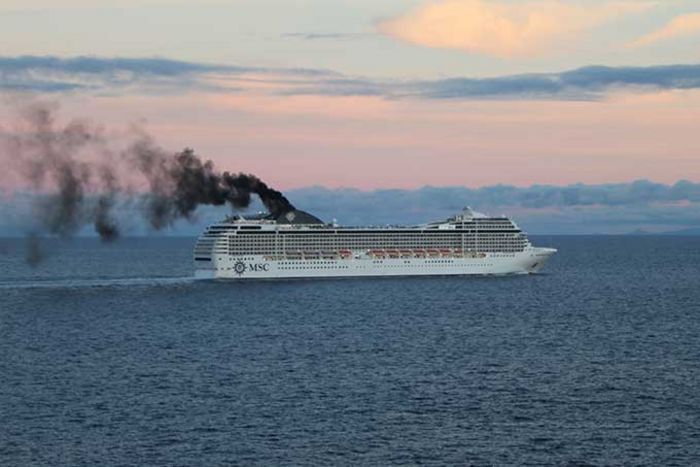This August, Naturschutzbund Deutschland (NABU), a German environmental NGO, published its ranking of the largest cruise companies in Europe concerning their climate protection measures. The results were rather unsatisfactory, to say the least. The cruise companies and shipping lines in the industry still do not attach enough importance to environmental and climate protection, although most companies recognize the international climate goals of Paris 2015.
By using heavy fuel oil, cruise ships emit large amounts of CO2 as well as pollutants, such as soot, sulfur and nitrogen oxides. The effects on the animal and plant life of the sea are devastating in case of any leakage. Additionally, the severe air pollution endangers people and nature on land. NABU is therefore campaigning to stop the use of heavy fuel oil with a signature campaign.
Nevertheless, only a few projects are currently in planning to implement environmental, nature and climate protection. For this reason, NABU has set out the path to climate-neutral and environmentally friendly cruises in the NABU Roadmap by 2040 and has drawn up short, medium and long-term measures for the cruise companies.
For this year's cruise ranking, NABU gathered information from 19 cruise companies on their measures and intentions to achieve a climate-neutral cruise by 2040. Hurtigruten Norway performed best, while the British company Marella Cruises came in last place. German companies, namely AIDA, Hapag Lloyd Cruises and TUI Cruises, are among the Top Five. On the other end, Phoenix Reisen is ranked in penultimate place. Even Hurtigruten – somewhat a pioneer among cruise companies – only achieves half of the possible points.
The ranking makes it clear that cruises with fixed routes in coastal waters make emissions more calculable and thus reduction targets easier to achieve. The ranking of the winner, Hurtigruten, has shown that strict regulations are necessary to reduce emissions. In 2007, the Norwegian government drafted a zero-emission target for certain fjords, where now, only ships without emissions are allowed to sail. Stricter laws must also be installed in other countries to promote more sustainable shipping – these include a ban on heavy fuel oil and large-scale designations of low and zero-emission areas at sea.


